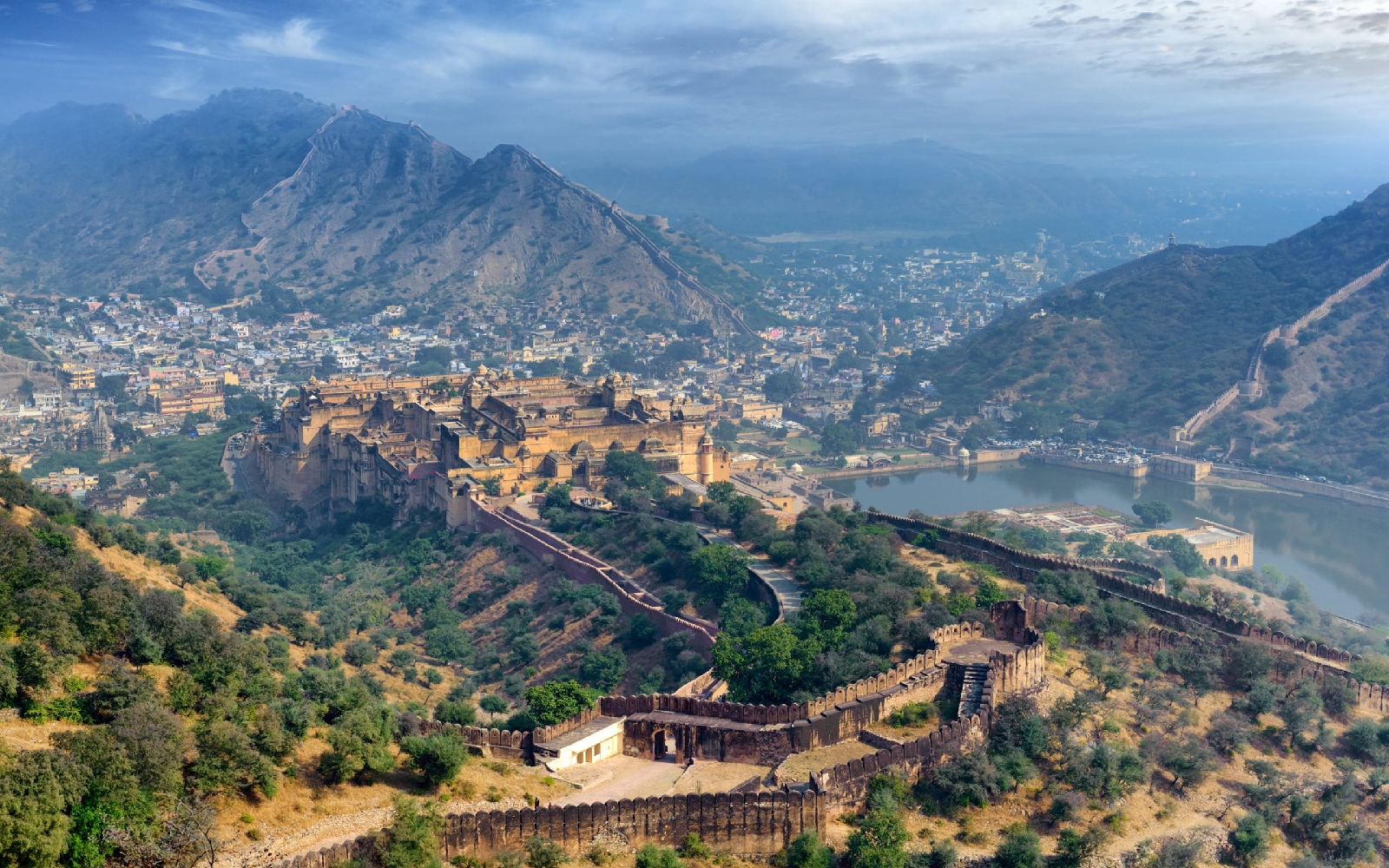Title: Unraveling Fuel Prices in India: Factors, Impact, and Perspectives
Introduction:
Fuel prices in India have been a subject of considerable discussion and concern among consumers, businesses, and policymakers. The fluctuations in fuel prices impact various aspects of the economy and individuals' daily lives. In this blog post, we will explore the factors influencing fuel prices in India, their impact on different sectors, and the perspectives on managing fuel prices.
1. Factors Influencing Fuel Prices in India:
a. Global Crude Oil Prices: India heavily relies on imported crude oil, and global price fluctuations significantly impact domestic fuel prices. Geopolitical tensions, OPEC decisions, supply-demand dynamics, and global economic conditions play a crucial role in determining crude oil prices.
b. Taxes and Duties: Taxes and duties imposed by the central and state governments contribute significantly to fuel prices. The central government levies excise duty, while states impose value-added tax (VAT). These taxes are essential sources of revenue for the government but can add a significant burden on consumers.
c. Exchange Rates: As crude oil prices are denominated in US dollars, fluctuations in the exchange rate between the Indian Rupee and the US Dollar affect fuel prices. If the rupee weakens against the dollar, it leads to higher fuel prices in India.
2. Impact on Different Sectors:
a. Transportation: Fluctuating fuel prices directly impact the transportation sector, including personal vehicles, public transport, and logistics. Higher fuel costs increase operational expenses, which may result in increased fares or prices of goods and services, affecting the overall cost of living.
b. Inflation and Cost of Living: Fuel prices have a cascading effect on various sectors of the economy. As transportation costs rise, the increased expenses get passed on to consumers, leading to higher prices for essential goods and services. This, in turn, contributes to inflationary pressures and affects the cost of living.
c. Business Operations: Industries reliant on transportation, such as aviation, shipping, and manufacturing, are directly affected by fuel price fluctuations. Higher fuel costs can increase operational expenses, potentially impacting profit margins, business growth, and competitiveness.
3. Perspectives on Managing Fuel Prices:
a. Government Policies: The Indian government uses a combination of taxes, subsidies, and price regulation to manage fuel prices. These policies aim to strike a balance between revenue generation and providing relief to consumers. The government has also introduced schemes to subsidize LPG (liquefied petroleum gas) for cooking, benefiting households.
b. Alternative Energy Sources: Embracing alternative energy sources such as renewable energy, electric vehicles, and biofuels can reduce the reliance on fossil fuels and mitigate the impact of fuel price fluctuations. Government incentives and investments in infrastructure are crucial to promote these alternatives.
c. International Cooperation: Collaborating with oil-producing countries and exploring long-term contracts can provide stability in fuel prices. Engaging in diplomatic negotiations and maintaining strategic reserves can help manage the impact of global price fluctuations.
Conclusion:
Fuel prices in India are influenced by global crude oil prices, taxes, duties, and exchange rates. These prices have far-reaching implications for various sectors, including transportation, inflation, and business operations. Managing fuel prices requires a comprehensive approach that includes government policies, promoting alternative energy sources, and international cooperation. Striking a balance between economic considerations, consumer affordability, and environmental sustainability is vital as India navigates the complex landscape of fuel prices.



Comments
Post a Comment